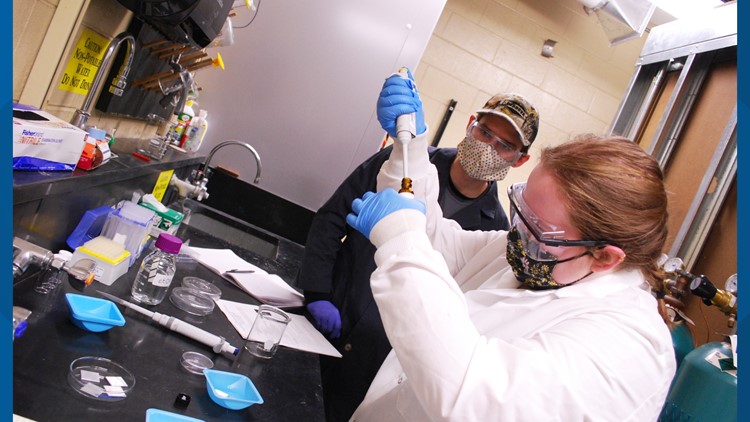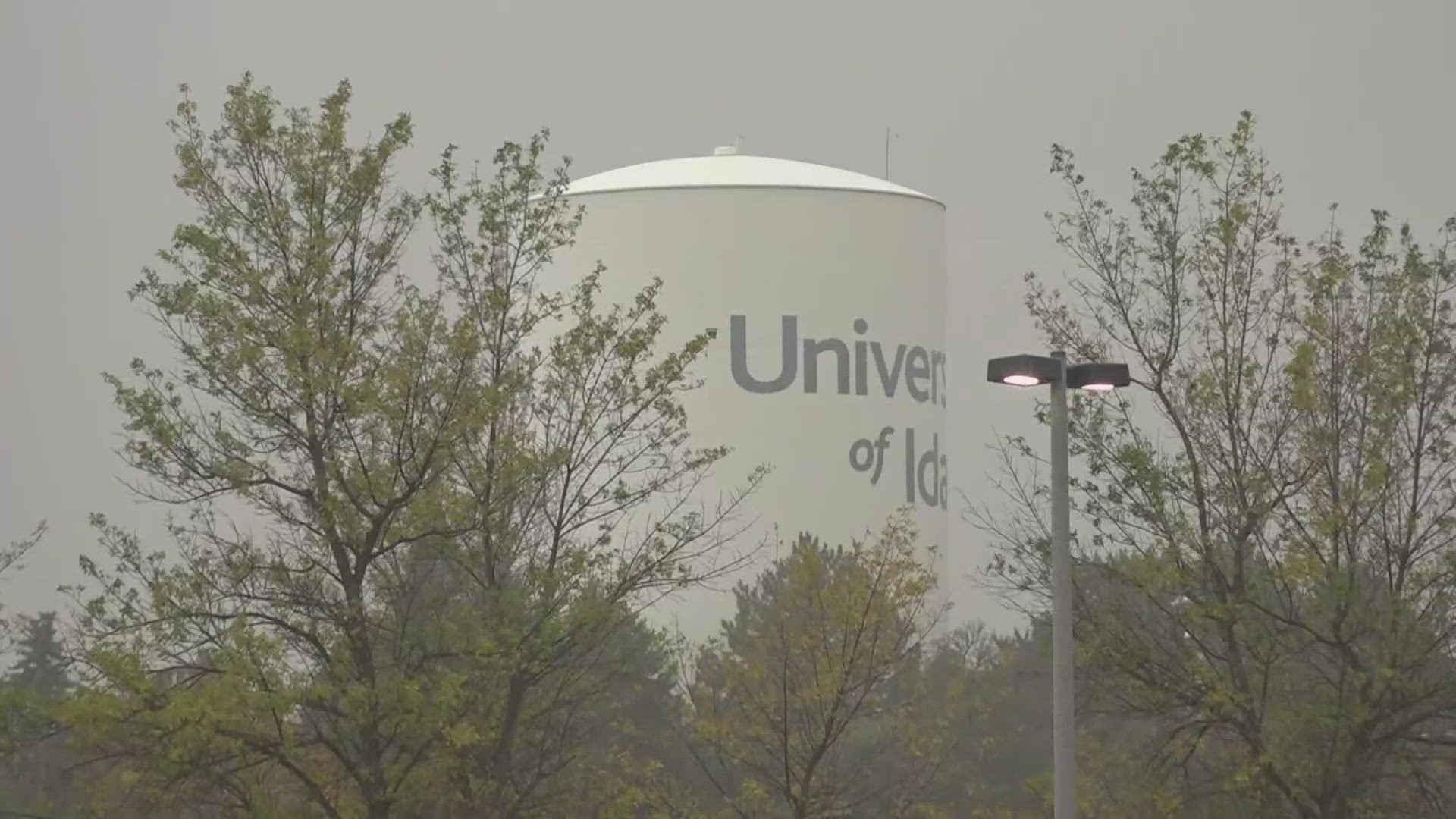MOSCOW, Idaho — A team of chemical engineering students at the University of Idaho (UI) is headed to the International Space Station (ISS).
The team will travel to Kennedy Space Center to witness the Dec. 21 SpaceX launch of their research to the ISS, which will test how microgravity impacts the efficacy of polymers known to resist bacteria adhesion on Earth.
During the research, polymer coatings will be tested on an aluminum alloy used in many high-contact areas throughout the ISS, such as handrails and door handles.
“Our experiment is designed to function under some of the toughest conditions: space,” Hannah Johnson, a chemical engineering graduate and team lead on the project said. “The results of this experiment will provide us with a set of unique data points on how bacteria-resistance works and what we can do, in space and on Earth, to better protect ourselves and stay healthy.”
The UI team was one of five selected teams through NASA’s Student Payload Opportunity With Citizen Science (SPOCS) nationwide competition. The NASA-funded project requires college teams to involve K-12 students in their research. UI students teamed up with Moscow J. Russell Elementary School students to selected two polymers going to the ISS.
Elementary students got creative and used petri dishes containing bacteria-resistant polymers and a control to collect bacteria from various sources including sinks, floors, windows, lunch tables, keyboards and even a bottle of hand sanitizer.
They used a nutrient broth to grow the bacteria in their petri dishes that they monitored for over a month. The SPOCS team analyzed the data and choose the top two polymers they believed to be the best candidates to send to the ISS.
The team designed a device that prevents bacteria from growing before it reaches space. When astronauts plug in the device, bacteria encapsulated in a small spring-loaded plunger will be introduced into the wet chamber to initiate growth, the press release said.
For about a month, the experiment will remain undisturbed on the space and after returning to Earth, microscopy assessment will be conducted to determine which polymer best resisted bacteria.
The research's launch will be broadcast live and streamed on the NASA TV website on Tuesday, Dec. 21 at 2:06 a.m.
“Working with NASA has held our students to an incredible standard, and this team definitely rose to the challenge to find success in something very few get to experience,” Matt Bernards, UI chemical engineering associate professor and team’s faculty advisor and director of the NASA Idaho Space Grant Consortium, said.
The UI team is conformed by chemical engineering graduates Adriana Bryant, Hannah Johnson, Travis Lindsay, Roslyn McCormack, Niko Hansen and Kael Stelck, as well as current students Kaitlyn Harvey and Ashley Keeley.



